 As the semester pulls to a close, I realize there is so much left to figure out about poverty in America. We’ve talked about different elements, from pay inequality to housing to food options. So many of the issues are solvable, but it’s hard to find a common solution to all of them.
As the semester pulls to a close, I realize there is so much left to figure out about poverty in America. We’ve talked about different elements, from pay inequality to housing to food options. So many of the issues are solvable, but it’s hard to find a common solution to all of them.
At the beginning of class this week, our professor asked us if we thought that Universal Basic Income (UBI) would work. We all responded with the usual questions of how would it work, wouldn’t people want to stop working?
To answer how, we looked at different articles. This article, written by an economist and an economy professor, discusses exactly how we could make this work. The article discusses exactly where the money for a $1000 UBI could come from. They talk about cutting welfare programs, taking away tax returns, and adding a slight increase to taxes on goods and service.
 The second question’s answer comes from a TED talk by Rutger Bregman (pictured to the right), a celebrated journalist, historian, philosopher, and economist. Bregman answers the question simply by asking the audience, “If I were to give you $1000 a month, would you stop working? 99 percent of you will say of course not. But if I said that I was going to give $1000 a month to other people, 99 percent of you would worry about them not working anymore.”
The second question’s answer comes from a TED talk by Rutger Bregman (pictured to the right), a celebrated journalist, historian, philosopher, and economist. Bregman answers the question simply by asking the audience, “If I were to give you $1000 a month, would you stop working? 99 percent of you will say of course not. But if I said that I was going to give $1000 a month to other people, 99 percent of you would worry about them not working anymore.”
This eliminates the entire argument. If the majority of people who receive the UBI still work, then what becomes the problem from then on?
This isn’t something that is just a passing thought, or a passing theory. As reported by The Guardian, Ontario, Canada has decided to implement a UBI for the summer, just to see how it works. It will be a study with about 4000 people who are all low income or in precarious job situations. It’ll be interesting to see how this experiment turns out and if other countries follow the experiment.
By Kate Sahagian

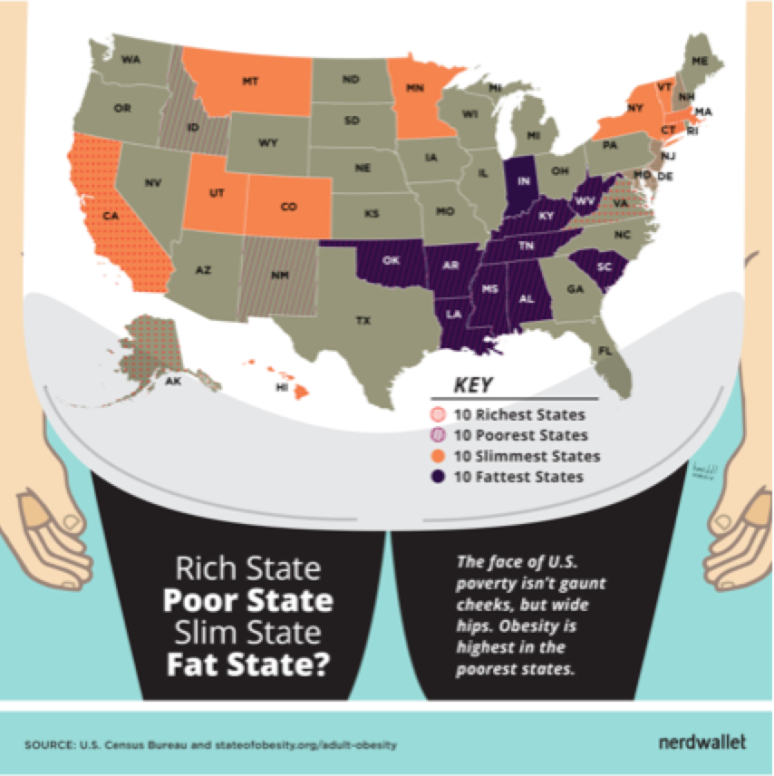 Sometimes we take for granted the basics in life, such as food. I find myself doing that a lot. I’m an athlete and I’m training for a goal in which nutrition plays a key part.
Sometimes we take for granted the basics in life, such as food. I find myself doing that a lot. I’m an athlete and I’m training for a goal in which nutrition plays a key part.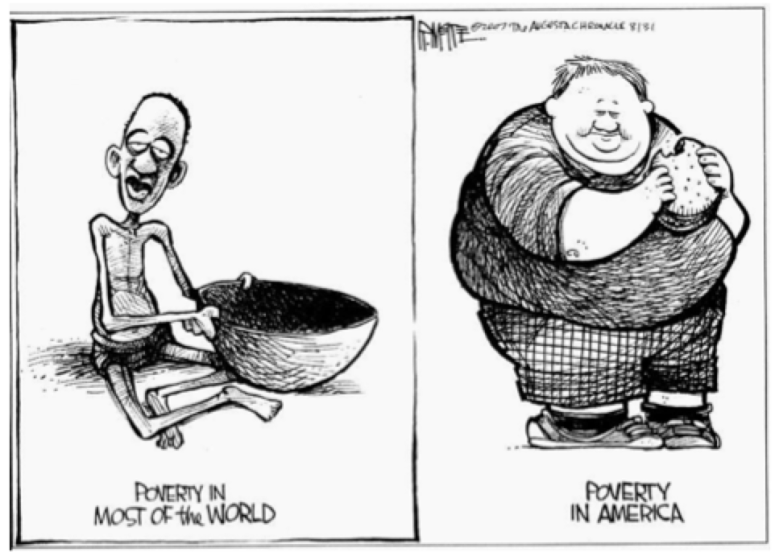 Some people go to bed at night starving, or having eaten only fast food and junk. Most people have seen the documentary, Supersize Me, and if you haven’t please take a look at what a daily diet of fast food does to a person’s body. Taking food for granted is an easy mistake, not only in relation to malnutrition around the world, but in our own neighborhoods.
Some people go to bed at night starving, or having eaten only fast food and junk. Most people have seen the documentary, Supersize Me, and if you haven’t please take a look at what a daily diet of fast food does to a person’s body. Taking food for granted is an easy mistake, not only in relation to malnutrition around the world, but in our own neighborhoods.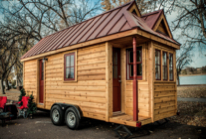 Tiny houses are a big trend, but are people really packing (and condensing) their stuff and moving into their new, small abode?
Tiny houses are a big trend, but are people really packing (and condensing) their stuff and moving into their new, small abode? Another trending form of tiny homes are “
Another trending form of tiny homes are “ As an adult, when I don’t eat I get a little grumpy. And if I eat something that doesn’t have much nutritional value, I may not pay attention to how it affects my body, attitude, and behavior. Usually, it’s nothing major.
As an adult, when I don’t eat I get a little grumpy. And if I eat something that doesn’t have much nutritional value, I may not pay attention to how it affects my body, attitude, and behavior. Usually, it’s nothing major. Academic performance isn’t the only influence food intake has on children. Behavior can also be affected. There are
Academic performance isn’t the only influence food intake has on children. Behavior can also be affected. There are 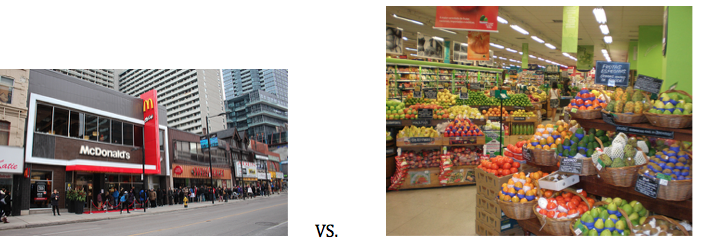 By Tyler Jarrett
By Tyler Jarrett “Money can’t buy happiness” is a phrase that is often said by people who have financial stability. But for those living in poverty, a few extra dollars may be their ticket to happiness.
“Money can’t buy happiness” is a phrase that is often said by people who have financial stability. But for those living in poverty, a few extra dollars may be their ticket to happiness.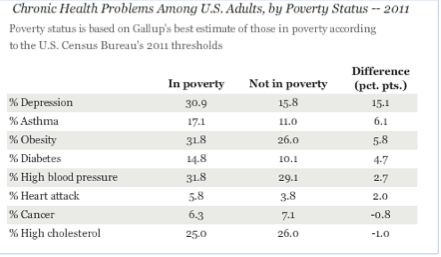 How is one supposed to battle both mentally illness and being poor? If being poor only exacerbates mental illness, then it is vitally important to get people out of poverty. One solution would be to make sure that people are able to receive health insurance, but according to the
How is one supposed to battle both mentally illness and being poor? If being poor only exacerbates mental illness, then it is vitally important to get people out of poverty. One solution would be to make sure that people are able to receive health insurance, but according to the 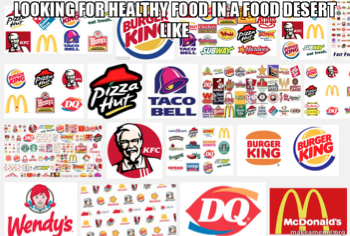 What exactly is a food desert? Where are they located? Is there a chance that you could be living in one?
What exactly is a food desert? Where are they located? Is there a chance that you could be living in one?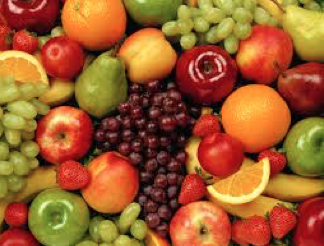 It’s not a coincidence that the areas with lower incomes are the areas with more food deserts. A huge part of this has to do with the subsidizing of really crappy junk foods. A two-liter bottle of soda is legitimately cheaper than a gallon of water. This
It’s not a coincidence that the areas with lower incomes are the areas with more food deserts. A huge part of this has to do with the subsidizing of really crappy junk foods. A two-liter bottle of soda is legitimately cheaper than a gallon of water. This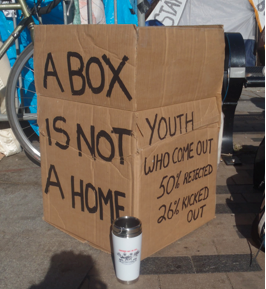 Members of the LGBT community face the same obstacles and struggles as other individuals, but they also face unique challenges based on their sexual orientation or gender identity.
Members of the LGBT community face the same obstacles and struggles as other individuals, but they also face unique challenges based on their sexual orientation or gender identity.
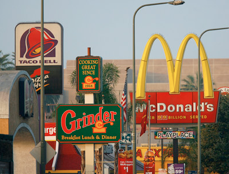 In class, we talked about the food deserts. For those of you who do not know,
In class, we talked about the food deserts. For those of you who do not know, 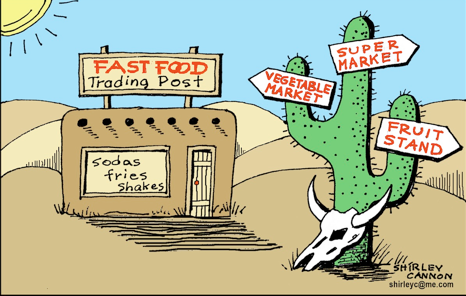 Some 23.5 million
Some 23.5 million Obesity is a major problem in the United States. More than two-in-three adults are overweight or obese,
Obesity is a major problem in the United States. More than two-in-three adults are overweight or obese,